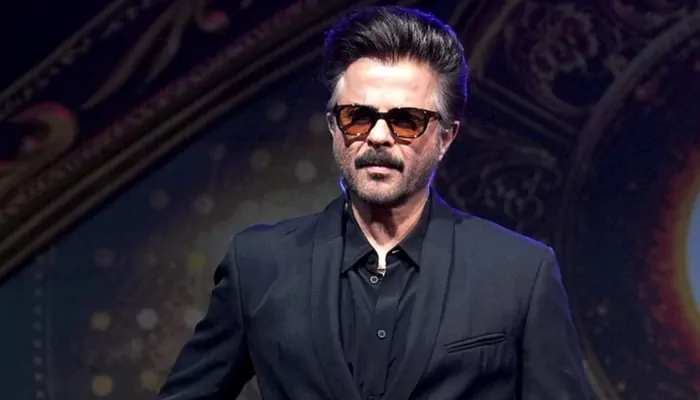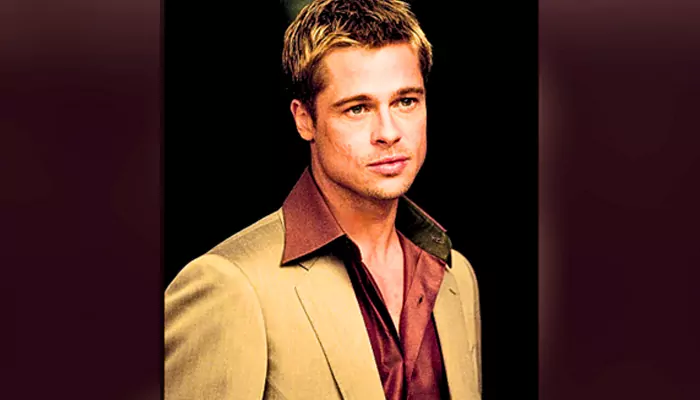Raj Kapoor's Birth Anniversary: Did You Know The Late Actor-Director Began His Career As A Clapper Boy?
- Sayan Paul
- 1 year ago
- 4 minutes read

Raj Kapoor, The Greatest Showman of Indian Cinema, had a very humble beginning in the industry.
Jean-Luc Godard said, "It's not where you take things from — it's where you take them to." Well, look at Raj Kapoor's filmography, and you'll realize that the late actor-filmmaker did it masterfully in all his films. His iconic characters in films such as 'Shree 420' and 'Awaara' were heavily inspired by Charlie Chaplin's The Tramp, earning him the nickname "Charlie Chaplin of Indian cinema". Also, themes such as innocence, struggling with poverty, and social justice - all merged with wit and humor - in his films were drawn from Chaplin's works. He celebrated the common men in all his films, which is a prominent theme of Soviet cinema. Moreover, underlying themes like socialism, class struggle, and critique of capitalism, along with the brilliant use of symbolism in his works resonated with Soviet audiences like anything. And it's a well-known fact that he was influenced by Italian Neo-realism, German Expressionism, and Hollywood musicals among others.

However, the point is that while Kapoor borrowed extensively from other cinemas, he adapted and made them his own, making them purely ‘Indian’. This is much like his character in 'Shree 420' who sang, "Mera joota hai Japani/Ye patloon Inglistani/Sar pe lal topi Roosi/Phir bhi dil hai Hindustani". And he captured his time on the screen, which became a documentation of India's socio-political as well as socio-economic scenes of its post-independence era.
Remembering Raj Kapoor on 29th death anniversary.
— Film History Pics (@FilmHistoryPic) June 2, 2017
(14 December 1924 - 2 June 1988) pic.twitter.com/pqRPhXeYze
(Credit: Film History Pics)
It's the legendary Raj Kapoor's 100th birth anniversary today. On this occasion, we share an interesting fact about him that you probably didn't know.
Raj Kapoor Began His Career As A Clapper Boy
Yes, you read it absolutely right! Raj Kapoor, son of Prithviraj Kapoor, became one of Indian cinema's biggest icons. However, he had his share of struggles before making it big. There are stories that he used to sweep his father's Prithvi Theatre for a salary of Rs 1. And in the film industry, he began his journey in the early 30s as a clapper boy in Kidar Sharma's 'Vishkanya'.
Kapoor wasn't happy with his job. Some reports also suggest that he once got scolded by Sharma for clapping wrongly. He wanted to become an actor, and hence was always well-groomed on the sets and would often pose in front of the camera.

In 1935, at the age of 10, he appeared in a Hindi film for the first time, in 'Inquilab'. Later, in 1947, he got his breakthrough as a lead actor in Kidar Sharma's romantic drama 'Neel Kamal', co-starring Begum Para and Madhubala.
The Rise & Rise of Raj Kapoor
'Neel Kamal' was a semi-hit at the box office, paving his way to several other films. But his subsequent releases such as 'Jail Yatra', 'Dil Ki Rani', and 'Chittor Vijay' failed to make a mark.
But you know, he was a multifaceted talent and was meant for bigger things. At the age of 24, he made his directorial debut with the film 'Aag', where he also acted alongside Nargis and Kamini Kaushal. Although it didn't do well, he continued donning the director's (and also the producer’s) hat and made 'Barsaat' in 1949, which turned out to be a blockbuster. And his RK Studios went on to become a leading production house for Indian cinema.
(1948) Shashi Kapoor in film 'Aag' - then nine yeas old, he enacted the childhood of the protagonist, Raj Kapoor. pic.twitter.com/0bKunHXAQS
— Film History Pics (@FilmHistoryPic) December 7, 2017
(Credit: Film History Pics)
There was no looking back for him thereafter. Throughout his career, he won multiple accolades, including three National Film Awards and 11 Filmfare Awards. His films 'Awaara' and 'Boot Polish' competed for the Palme d'Or at the Cannes Film Festival in 1951 and 1955, respectively. His performance in 'Awaara' was rated as one of the "Top Ten Performances of All Time in World Cinema" by Time magazine. His film 'Jagte Raho' won the Crystal Globe award at the Karlovy Vary International Film Festival. In 1971, he received the Padma Bhushan from the Indian government, while in 1988, was awarded the Dadasaheb Phalke Award. And several of his films were massive commercial successes in parts of Asia, the Middle East, Africa, the Caribbean, and the Soviet Union.

A still from Raj Kapoor’s ‘Awaara’
Some Interesting Facts To Know
Raj Kapoor initially wanted to become a music director. Therefore, he was very particular about the use of music in his films.
With 'Aag', he became the youngest film director in India.
His film 'Awaara' featured three generations of Kapoors - Dewan Basheshwaranath, Prithviraj Kapoor, and Raj Kapoor.
Rest In Peace, Kapoor Saab. Thanks For All The Amazing Films!












